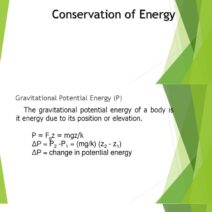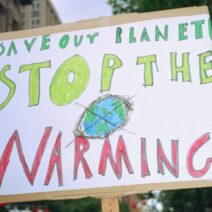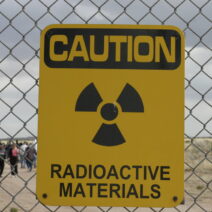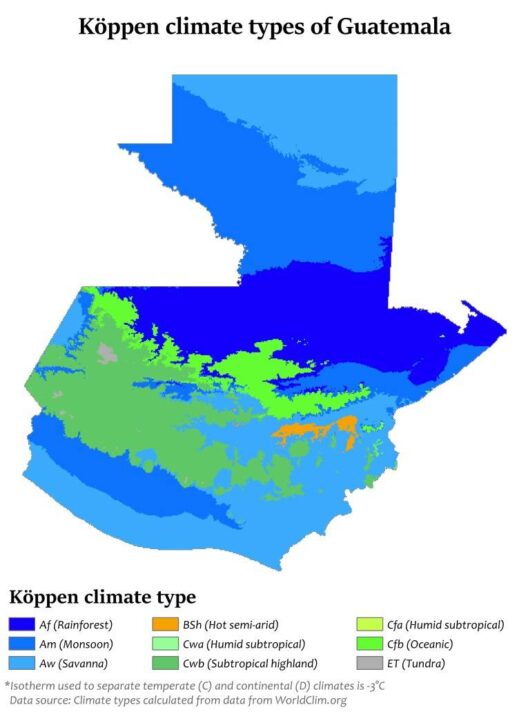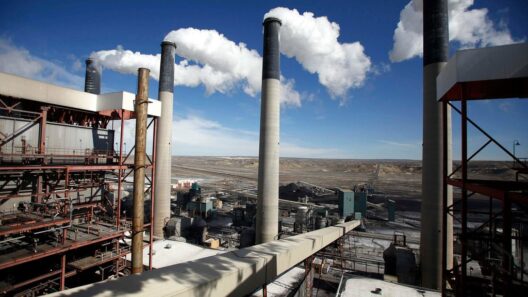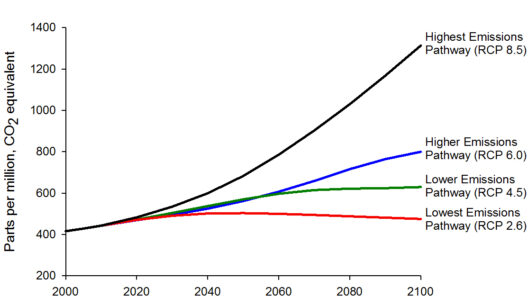As we inhale deeply, we often take for granted the very essence of life nurtured by the invisible veil encompassing our planet—our atmosphere. Within this delicate mixture of gases, carbon dioxide (CO2) plays a pivotal role, not merely as a byproduct of human respiration but as a central character in a complex narrative about our environment. The story of “Beyond the Breath” complexifies as increasingly higher CO2 levels affect climate, ecosystems, and our very existence.
The metaphorical canvas of our Earth showcases CO2 as a double-edged sword, both life-giving and life-threatening. At baseline levels, carbon dioxide is essential for photosynthesis, enabling plants to convert sunlight into chemical energy. However, as the pendulum swings towards excess, the ramifications ripple far beyond the confines of botanical growth. Elevated CO2 levels symbolize mankind’s unquenchable thirst for fossil fuel, leading to a warmer planet and ushering in a cascade of catastrophic environmental changes.
The correlation between CO2 levels and global temperature is unequivocal; it mirrors the heartbeat of our climate. The more we emit, the more the atmosphere thickens, akin to a woolen blanket enveloping the Earth. This insulating effect leads to what scientists refer to as the greenhouse effect, causing dramatic shifts in weather patterns. Once predictable, climate systems have become erratic—a symphony of extremes where rainfall is in deluge or nothingness and temperatures oscillate between unbearable heat and frigid cold.
Among the most vivid manifestations of these radical changes is the burgeoning frequency of extreme weather events. Hurricanes batter coastlines with unprecedented ferocity, while wildfires ravage vast expanses of once-thriving ecosystems. Floods inundate farmlands, leading to widespread food insecurity. Every cyclone, every drought, every inferno tells a tale of the intricate relationship between CO2 and climate. Indeed, the atmosphere now echoes with cautionary tales, winding narratives interlaced with tragedy and resilience.
Navigating the consequences of rising CO2 levels reveals another layer of complexity—the shifting dynamics within ecosystems. Consider the coral reefs, often regarded as the rainforests of the ocean. These vibrant collaborations of life are threatened as oceanic CO2 levels rise, leading to acidification. The coral polyps, which construct these underwater edifices, struggle to survive under hostile conditions, causing entire marine species to face existential threats. Such ecosystems, once teeming with biodiversity, stand on the precipice of collapse, a somber portent for our oceans and the livelihoods dependent upon them.
Further inland, forests, the lungs of our planet, begin to transform. Deforestation and increased CO2 levels provoke a paradox; trees may grow faster, yet they become more susceptible to pests and diseases. This confounding situation illustrates the fragility of nature’s balance. As these vital carbon sinks falter, the escalating levels of CO2 become a formidable adversary in our ongoing battle against global warming. Such intricate interdependencies underline the urgency of understanding not just the breath of the Earth, but the profound repercussions of our actions.
Human health, too, finds itself embroiled in the nexus of rising CO2 levels and climate change. Poor air quality becomes a precursor to respiratory ailments, as pollution and greenhouse gases dance a deadly tango. Vulnerable populations, often marginalized and lacking resources, face the direst outcomes. Simultaneously, heatwaves become harbingers of heat-related illnesses, burdening healthcare systems and stretching communities to their limits. Every inhalation, every exertion in turns of increased heat or compromised air quality, enunciates an urgent need for change.
Yet, “Beyond the Breath” is not merely a litany of doom; it signifies an awakening, a call to action. Amidst the multifaceted challenges posed by rising CO2 levels, we possess the tools to sculpt a more sustainable future. Transitioning to renewable energy sources like wind, solar, and geothermal offers a pathway towards reducing our carbon footprint. For every fossil fuel dependency, there exists a renewable alternative waiting to be harnessed.
Moreover, reforestation and sustainable agricultural practices stand as vital instruments in this transformative endeavor. Reinvigorating our ecosystems not only absorbs CO2 but restores the intricate web of life nourished by these habitats. Permaculture and regenerative farming methodologies can mitigate negative impacts while replenishing our soils and enhancing food security. This rebirth of life through conscious cultivation echoes the harmonies of a balanced ecosystem.
As citizens of the Earth, we must also rally for systemic change. Policy innovation and regulation can steer us towards ambitious national and international agreements needing adherence to lower carbon emissions. Infusing accountability into corporate practices further ensures that profit does not overshadow the innate responsibility of preserving our biosphere for future generations.
The metaphor of breath encapsulates the very existence of life. Just as every inhalation replenishes our lungs, each proactive step we take can rejuvenate our planet. By recognizing the intricate connection between CO2 levels and global health, we foster a narrative rich with hope, empowerment, and resilience. We stand at a crossroad, bearing witness to the brilliance of our interconnectedness, capable of forging paths toward sustainability and regeneration—choosing to transcend the confines of our present and envisioning a future where both we and our planet can thrive.
